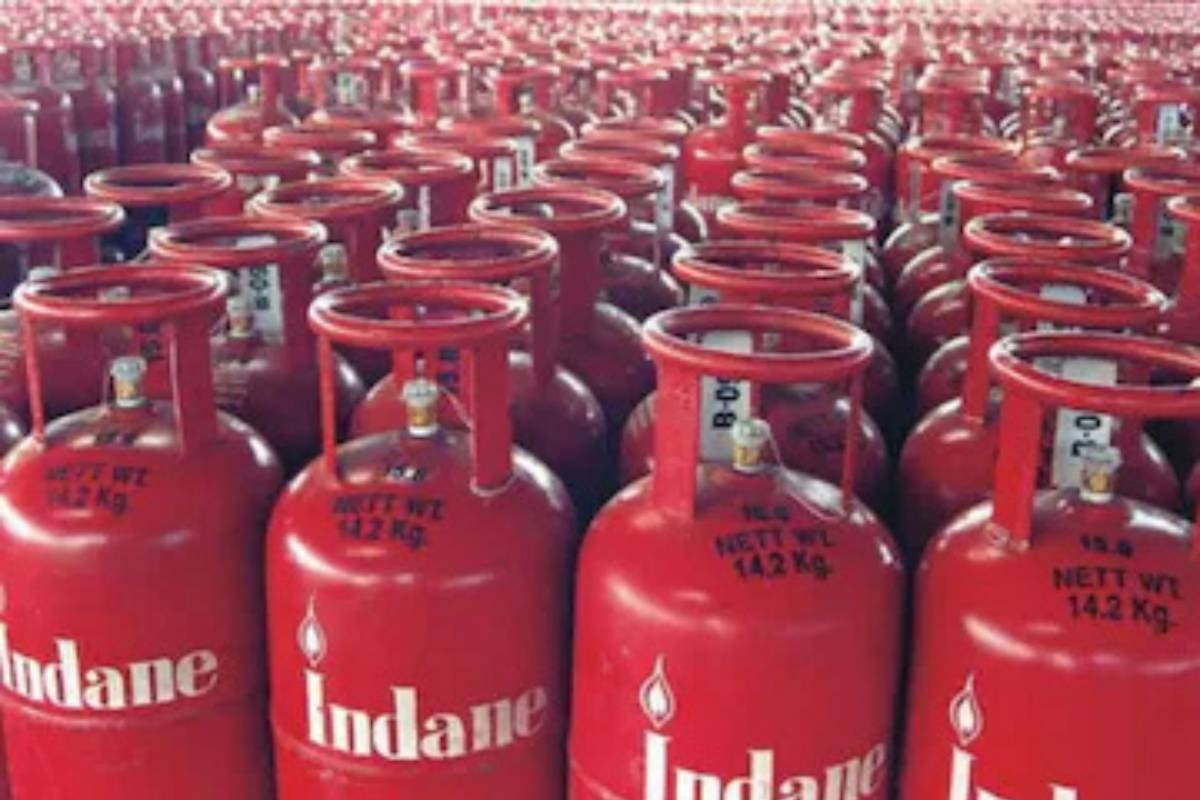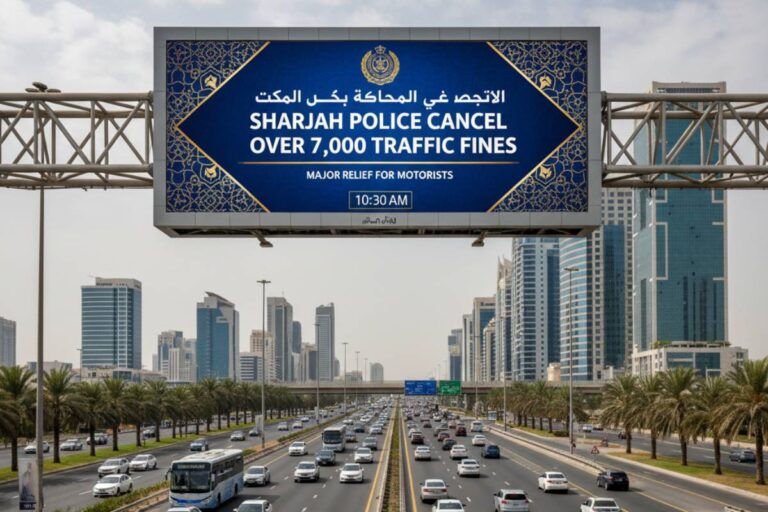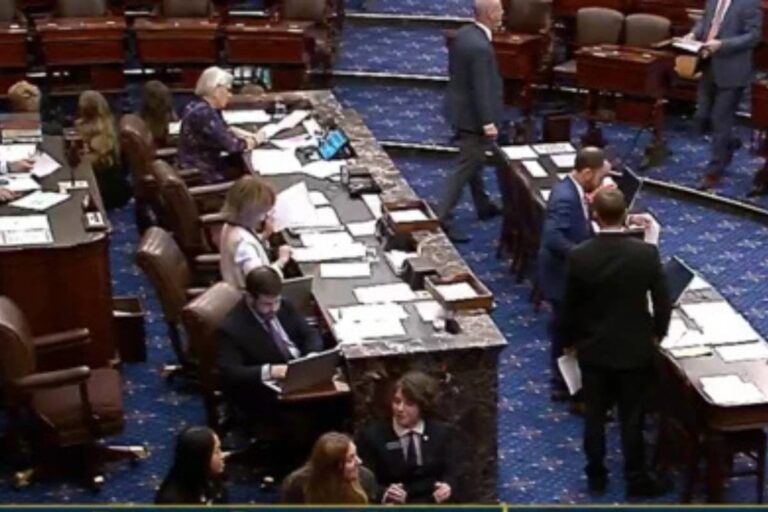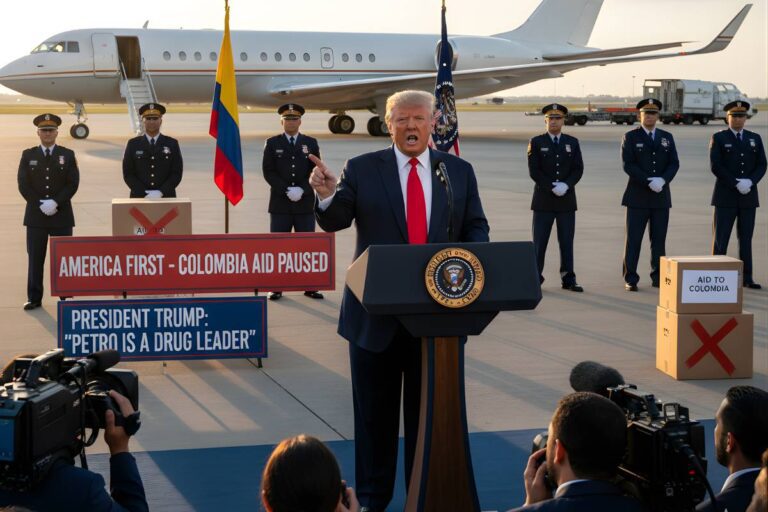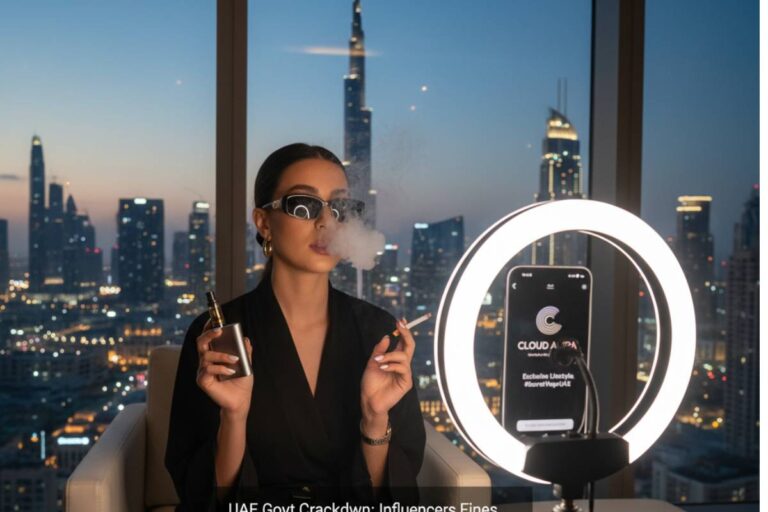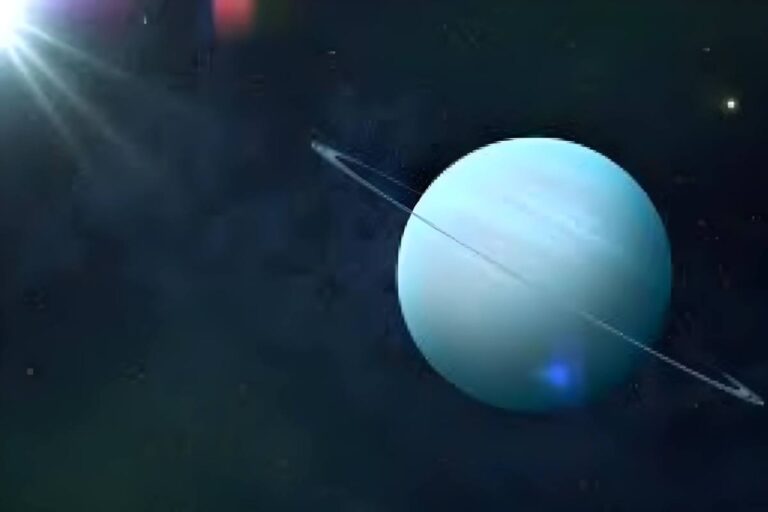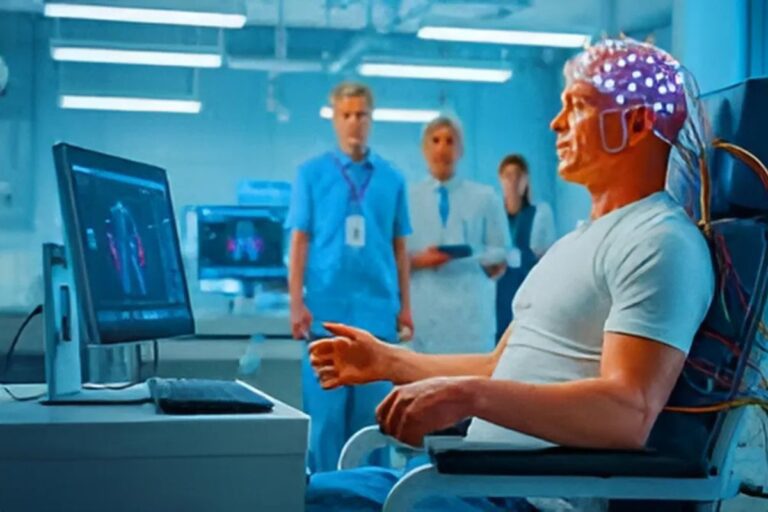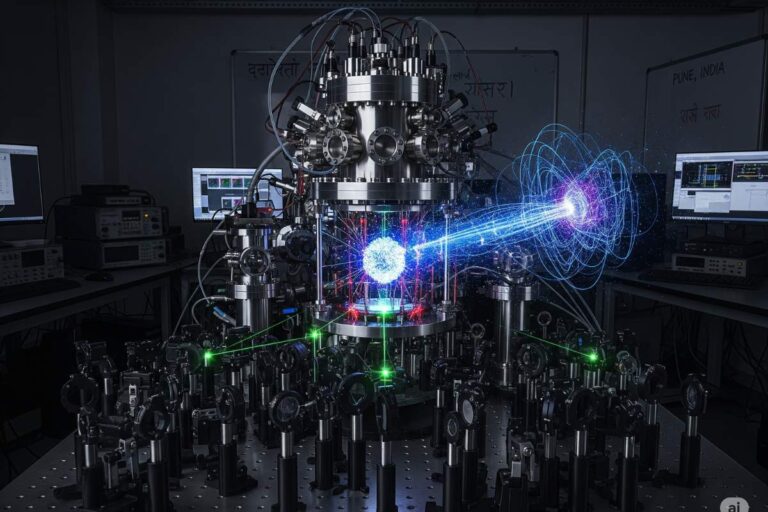There’s a quiet revolution underway in how India delivers crucial household energy subsidies. Over 33 crore LPG consumers, spanning bustling cities and rural corners alike, will soon see even tighter checks and smoother access to their gas subsidies, as the Indian government steps up its campaign against fraud and inefficiency. Here’s the detailed, behind-the-scenes breakdown of what’s really happening, why it matters, and how it just might shape the next decade of social welfare in the country.
Background: The Long Road to Subsidy Reform
You know, the funny thing is, for years, subsidised cooking gas cylinders, or LPG, as they’re known in virtually every Indian kitchen, were both a lifeline and a headache. Sure, hundreds of millions counted on that government support to fuel daily meals. But the system, if we’re honest, was leaky.
Leaky how? Well, fake accounts. Ghost beneficiaries. Cylinder diversion. Sometimes, subsidies that should have gone to the poorest families instead padded the profits of unscrupulous operators or businesses.
That’s where reform came in.
- In 2013–2015, India launched the PAHAL (Pratyaksh Hanstantrit Labh) initiative, a Direct Benefit Transfer (DBT) system that aimed to send LPG subsidies directly into people’s bank accounts.
- A few years later, enter Aadhaar, India’s massive biometric ID project, to further tighten the process, weeding out fakes and plugging leaks.
What’s Changing Right Now? (And Why Right Now?)
Petroleum Minister Hardeep Singh Puri has announced a slew of fresh, and, if you look closer, sweeping changes:
Aadhaar Authentication Goes Mainstream
- As of July 1, 2025, 92.44% of India’s 33.05 crore active LPG consumers have their Aadhaar seeded into the system. That’s not a typo. Over 30 crore people.
- Among those receiving DBTL-linked benefits, 86.78% are now fully Aadhaar-compliant. This means their subsidies are routed only to verified, living, breathing citizens.
- 67% of Pradhan Mantri Ujjwala Yojana (PMUY) beneficiaries, many in remote or poorer areas, have completed biometric Aadhaar authentication. For new PMUY accounts, it’s now mandatory.
Massive Crackdown on Fake Accounts
The government’s data reads almost like a sting operation.
- 4.08 crore duplicate, fake, or inactive LPG connections, that’s over 40 million lines, have been deactivated or blocked under the PAHAL (DBTL) umbrella.
- Of these, a huge chunk came from persistent “ghost” accounts that were either never used, belonged to nonexistent people, or were being wrongfully used for commercial gains.
Example? A commercial kitchen running dozens of “domestic” lines to skirt full costs. Not anymore.
Laser Focus on Transparency and Tracking
Every step from your LPG booking to delivery is now monitored:
- IVRS/SMS-based refill booking: You get an SMS when you book, when your cash memo is generated, and when delivery’s on its way.
- New Delivery Authentication Codes (DACs): These codes, sent by SMS, must be shared with the delivery person, ensuring only the intended household gets the cylinder.
Regular and surprise inspections by oil companies’ discipline teams keep the pressure on at every distributor point.
Targeted Subsidy, and Faster Payments
The government’s streamlined system means:
- Most subsidy amounts now arrive in bank accounts within 2 days of cylinder delivery, a big leap from earlier delays.
- Only those fully Aadhaar and account-verified receive the benefit, and any transaction failures, due to bank account closures, mergers, or non-active Aadhaar numbers, are addressed with targeted corrective action.
Accountability Upgrades and Consumer Empowerment
- Penalties await any distributor found guilty of misconduct, whether in pricing, supply shortages, or customer service lapses.
- New “Marketing Discipline Guidelines” (MDG) empower both the distributor and end consumer to report, track, and fight malpractice.
- Expanded grievance redressal: Complaints can now be raised via helplines, apps, WhatsApp, chatbots, social media, and the CPGRAMS government platform.
The Human Angle: What Do The Numbers Say?
Here are some quick takeaways that bring all this into focus:
- In the financial year 2024–25, approximately 194 crore LPG refills were delivered. Complaints? Just 0.08%, mainly delays, not fraudulent activity.
- Third-party evaluations (such as one by the Research and Development Initiative, RDI) show over 90% consumer satisfaction with the improved subsidy administration. Still, the call is for more robust redressal systems, better targeting, and enhanced local language safety awareness.
Challenges Still Looming
But hang on, it’s not all rosy. While the push has worked wonders, the scale of the challenge remains daunting:
- Some regions lag in biometric Aadhaar coverage, especially among senior citizens or those in hard-to-reach areas.
- Transaction failures do persist, mainly driven by technicalities, bank account issues, inactive Aadhaar, or rural connectivity.
- Eliminating every single instance of fraud or delay just isn’t possible. Not yet.
Even then, the numbers suggest the government is playing a high-stakes, high-reward game, betting that investments in tech, data, and boots-on-ground verification will keep subsidy leakages at historic lows.
How The Deduplication Process Actually Works
Believe it or not, the process for cleaning the database is more complex than it sounds.
- The Common LPG Database Platform (CLDP) sits at the heart of the drive. Each connection is examined using several data points: Aadhaar, bank account, ration card, full name, and physical address.
- Regular audits, both digital and physical, catch patterns that might otherwise slip through routine checks. Got two connections under the same name and address? The system flags it.
- Under the Standard Operating Procedure (SOP) issued in January 2025, any Pradhan Mantri Ujjwala Yojana (PMUY) connection showing no activity since installation is summarily axed. In the latest count, 12,000+ inactive PMUY lines got the chop.
Here’s another thing: even after this, 8.49 lakh PMUY accounts were still removed after thorough cross-checking and fact verification. That’s a huge reduction in both waste and fraud.
More Than Just Subsidy: Impacts on Everyday Life
Why does any of this matter beyond paperwork? In a word: access.
Before these reforms, delays or wrong subsidy targeting meant poor families sometimes paid more, or simply went without LPG. Now, the money and the benefit reach the right household, at the right time. That means cleaner kitchens (moving away from wood or kerosene), better health, and, surprisingly, greater women’s empowerment, since the bulk of domestic cooking is done by women in India.
Technology Innovations Driving the Change
Here’s the kicker: it isn’t just about databases and inspections. There’s real technological innovation at play.
- The IVRS/SMS ecosystem: Customers in even remote villages can get timely updates, no more waiting or blind guessing.
- DAC (Delivery Authentication Code) system: Reduces cylinder theft, ensures that your refill isn’t hijacked by a neighbor or a middleman.
- OMC (Oil Marketing Company) websites and mobile apps provide a dashboard for complaints, history, and new service requests.
Future Directions: What Comes Next?
Several recommendations have landed on the Minister’s desk:
- Expand biometric authentication, especially into rural and difficult-to-access corners, bringing the remaining households fully into the system.
- Strengthen local-language outreach, making it easier for everyone to understand, access, and trust the system.
- Tighter integration between Aadhaar, bank, and telecom systems to reduce technical snags and transaction failures.
- Continuous upgradation of the consumer grievance tools, with a real human touch, not just automated bots.
- Enhanced safety and awareness campaigns, especially focusing on correct LPG usage and legal rights.
Quick FAQ: India’s LPG Subsidy Overhaul Explained
What is PAHAL?
PAHAL stands for Pratyaksh Hanstantrit Labh, Direct Benefit Transfer of LPG subsidies. It’s the world’s largest such program, covering over 30 crore consumers versus any nation globally.
What role does Aadhaar play?
Aadhaar is India’s biometric national ID system. Linking LPG accounts and subsidies to Aadhaar prevents duplication, verifies users, and ensures only real, eligible families get support.
How much waste and fraud has been stopped?
Over 4.08 crore duplicate or inactive accounts deactivated. The financial savings run into thousands of crores, funds now better targeted to the neediest citizens.
How do consumers know their subsidy is safe?
From multi-step SMS notifications to the DAC code, there’s a high-tech, low-hassle system from booking to doorstep delivery. Complaints are rare, and redressal is faster than before.
Is this a final fix?
Not really. The system is evolving, pushing for 100% biometric coverage, expanded language support, and ever-better real-time fraud detection.
Final Thoughts, And A Glimpse Into India’s Welfare Future
It’s not just about gas cylinders. This story is about how a country of 1.4 billion can use technology, data, and discipline to fundamentally alter how social welfare reaches ordinary people. The PAHAL–Aadhaar saga isn’t over yet, but the early wins, sharper targeting, lower leakage, and more empowered consumers already show the way.
Look for this model to ripple into other sectors soon: food subsidies, health benefits, even pension disbursements. For now, though, millions of Indian families can count on something simple but profound: the right support, at the right time, with fewer hurdles than ever before. That quiet revolution? It’s just getting started.








